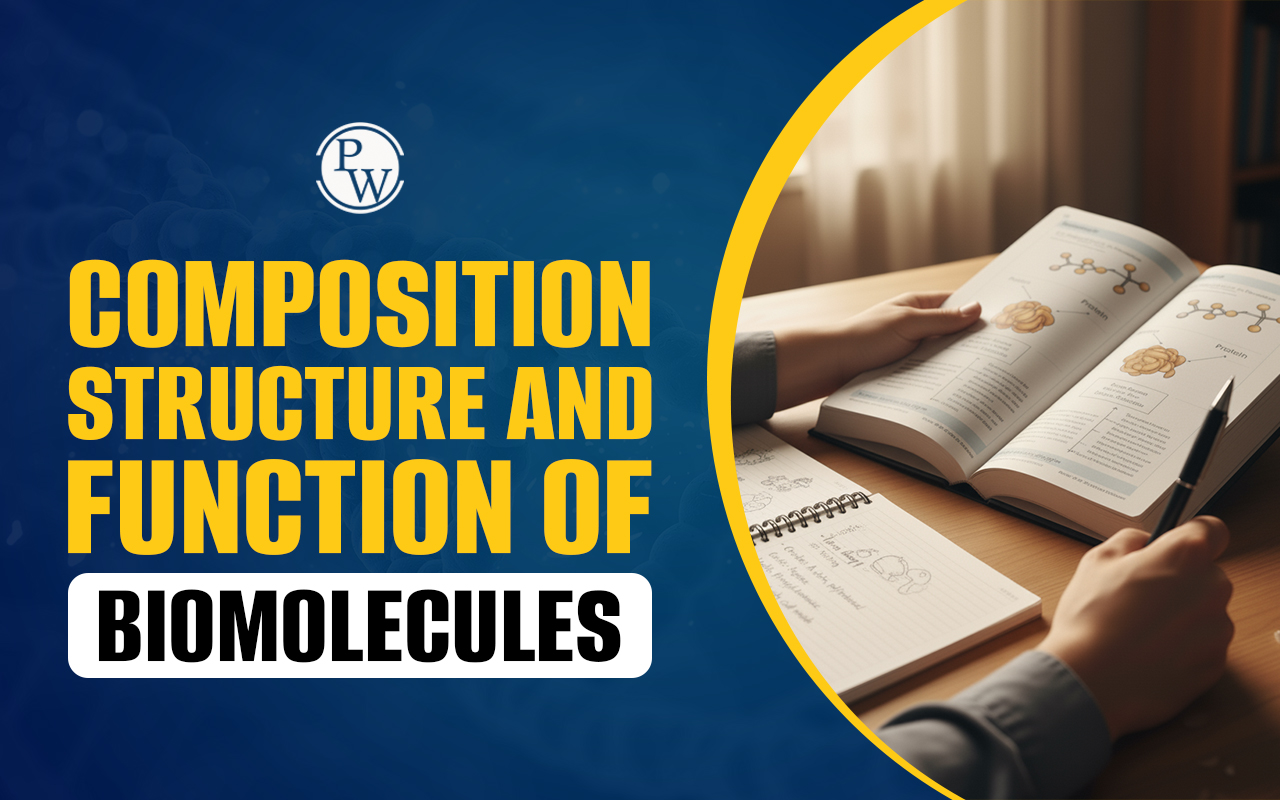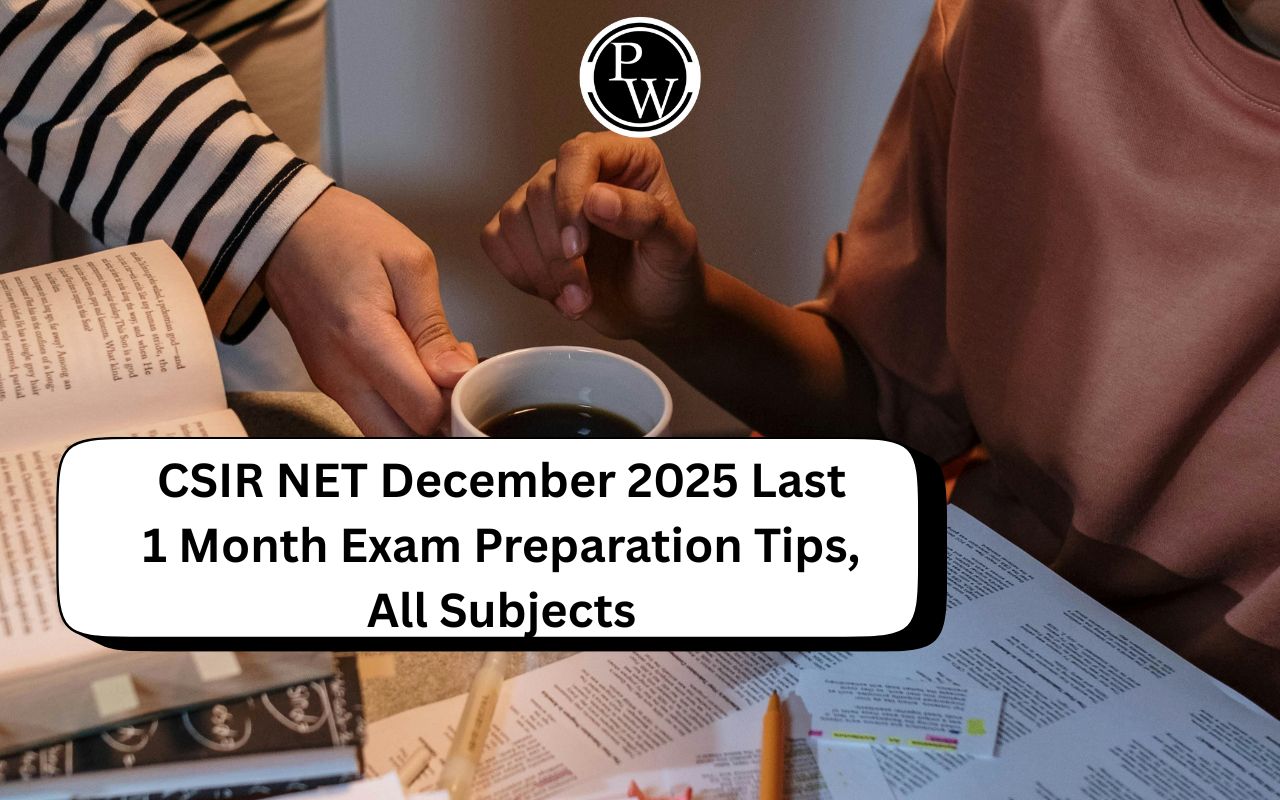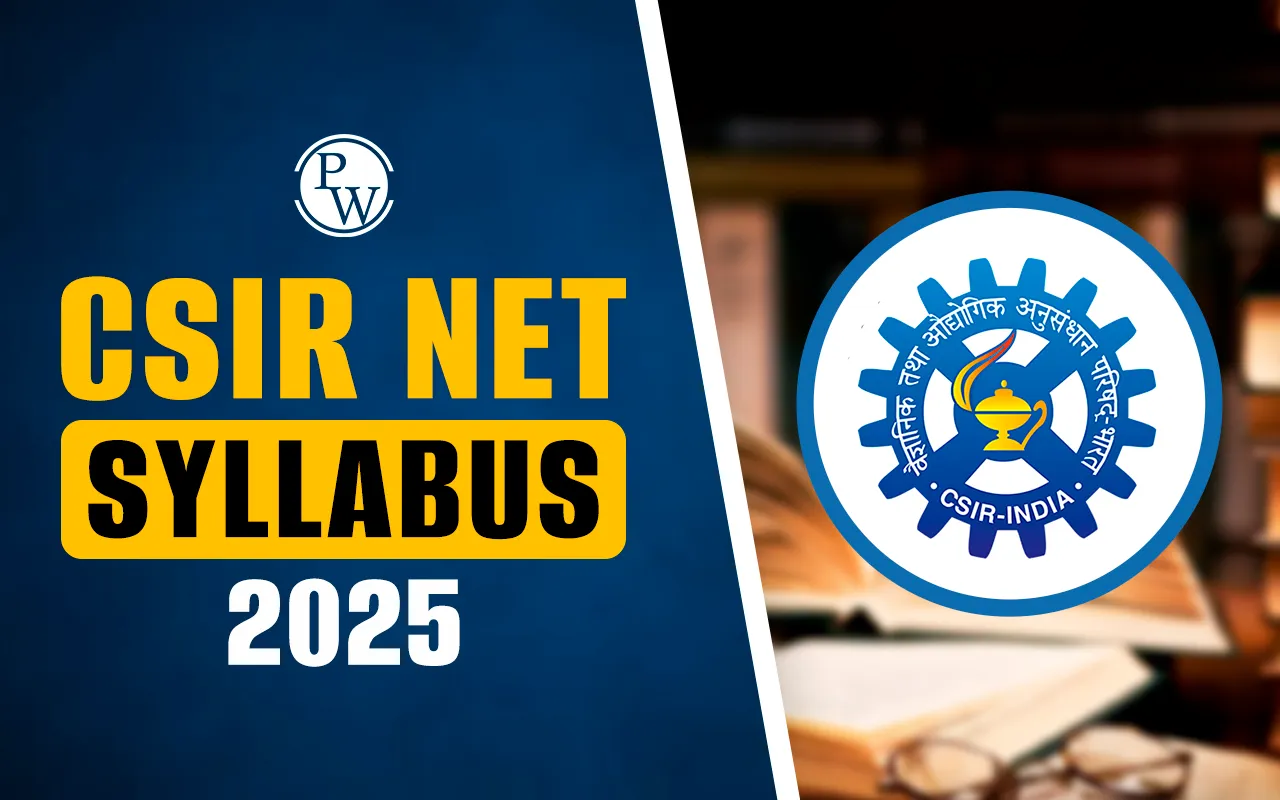
Species Interaction in Ecology: The scientific study of how living organisms interact with their environment and with one another is known as ecology. Species interactions take center stage in this vast field, revealing the fascinating connections between different organisms in the natural world. Species interactions are the very fabric of ecological communities, shaping the balance and dynamics of life on Earth, from fierce resource competition to the delicate dance of mutual cooperation. We will delve into the various types of species interactions, their ecological significance, and some captivating scientific examples that demonstrate the wonders of nature's interconnectedness in this comprehensive exploration.
Competition
Competition is an influential factor in the struggle for survival, as different species compete for scarce resources like food, water, and shelter. This struggle for survival affects not only specific species but also entire ecosystems. For instance, the sugar maple ( Acer saccharum ) and the American beech ( Fagus grandifolia ) compete fiercely for light, water, and nutrients in the forest understory in temperate forests in North America. Each tree species develops distinct patches as it spreads throughout the forest, highlighting the impact of competition on community structure.
Predation
The interdependence of species within a food web is illustrated by one of the most fascinating species interactions: predation. The balance of the ecosystem is maintained by predators, or the hunters, who prey on other species, or the hunted. The relationship between sea urchins ( Strongylocentrotus spp. ) and sea otters (E nhydra lutris ) is a well-known example of how the marine ecosystem is influenced by this relationship. The grazing kelp-eating sea urchins that are the prey of sea otters are vicious predators. Because sea otters control the population of sea urchins in the ecosystem, kelp forests aren't overgrazed by them and remain fit. As a result, kelp forests can grow and prosper, providing a variety of marine species with their habitat and food source.
Mutualism
In mutualism, species interact for the mutual benefit of every participant. These partnerships show the importance of interdependence for ecological success. The mutualistic relationship between nitrogen-fixing bacteria and leguminous plants (like soybeans and clovers) is an intriguing example. The bacteria transform atmospheric nitrogen into a form that the plant can use as a nutrient while living inside nodules on the plant's roots. The plant gives the bacteria carbohydrates and other necessary substances in exchange. This symbiotic relationship improves soil fertility and enables plants to flourish in environments with low nitrogen levels.
Commensalism
Commensalism is a type of interaction in which one species profits and the other is unaffected. It illustrates how some organisms can take advantage of their surroundings without harming them. The growth of epiphytic plants, such as mosses and ferns, on the branches of trees in tropical rainforests is an intriguing example. Without endangering the host tree, these plants get support and sunlight. Epiphytes are largely unaffected by the presence of the tree, but they gain considerable benefit from their elevated position in the canopy.
Parasitism
The term parasitism refers to a one-sided relationship in which one species benefits at the expense of another. Parasites rely on their hosts for nutrition and reproduction, which can result in harm or disease. The relationship between the parasitic roundworm (Ascaris lumbricoides) and humans is a well-known example. The roundworm infects the human intestine, obtaining nutrients from the host's digested food, but in severe infestations, it can cause malnutrition and other health problems.
Amensalism
Amensalism demonstrates the inadvertent harm that some species cause to other species. A species' natural traits frequently have this effect. Juglone, a chemical produced by the black walnut tree (Juglans nigra), which prevents the growth of nearby plants, is an intriguing example. Black walnut trees can reduce resource competition due to their allelopathic effect, but other plant species that are nearby may experience growth restrictions.
Neutralism
Neutralism denotes a situation in which species coexist without significant interaction. Consider different bird species occupying different niches in a diverse forest ecosystem. While they share a habitat, their activities and behaviors have no discernible impact on one another.
Conclusion
The complex web of life on our planet is revealed by species interactions, which are the foundation of ecology. Each interaction is crucial in determining biodiversity, community structure, and ecological dynamics, from the ferocious competition for resources to the harmonious partnerships that support ecosystems. To protect and preserve the delicate balance of nature, we must understand these relationships in order to carry out conservation efforts. We learn a great deal about the interconnectedness of all living things and the phenomenal web of life that exists on Earth as we continue to investigate the complexity of species interactions. Only by understanding and respecting the delicate balance of species interactions can we ensure a sustainable future for our planet and all its inhabitants.










